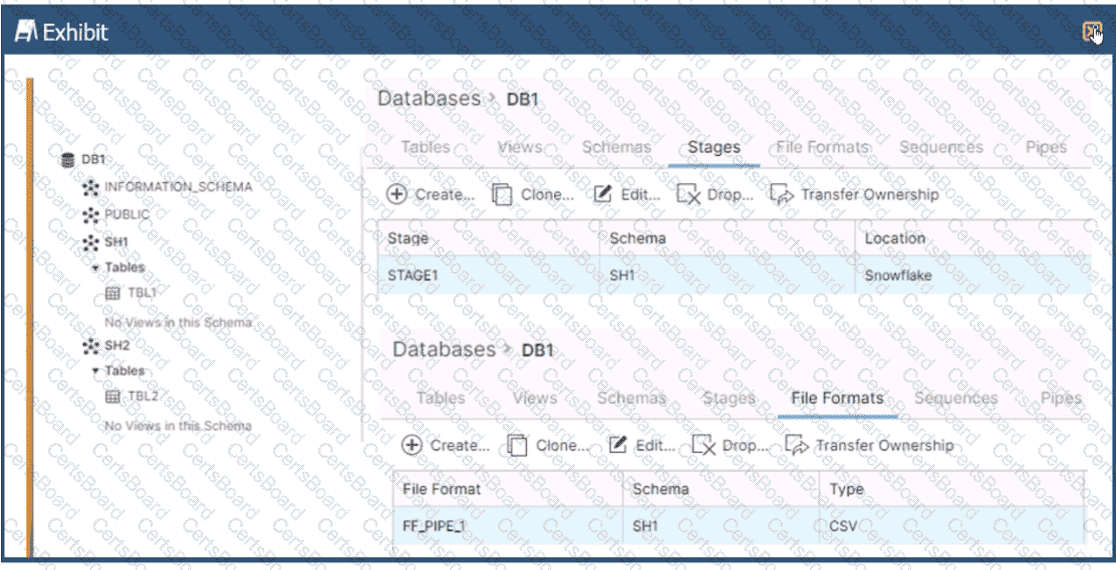A company wants to Integrate its main enterprise identity provider with federated authentication with Snowflake.
The authentication integration has been configured and roles have been created in Snowflake. However, the users are not automatically appearing in Snowflake when created and their group membership is not reflected in their assigned rotes.
How can the missing functionality be enabled with the LEAST amount of operational overhead?
A user has the appropriate privilege to see unmasked data in a column.
If the user loads this column data into another column that does not have a masking policy, what will occur?
How can the Snowflake context functions be used to help determine whether a user is authorized to see data that has column-level security enforced? (Select TWO).
What is a characteristic of Role-Based Access Control (RBAC) as used in Snowflake?
Is it possible for a data provider account with a Snowflake Business Critical edition to share data with an Enterprise edition data consumer account?
An Architect is using SnowCD to investigate a connectivity issue.
Which system function will provide a list of endpoints that the network must be able to access to use a specific Snowflake account, leveraging private connectivity?
An Architect is implementing a CI/CD process. When attempting to clone a table from a production to a development environment, the cloning operation fails.
What could be causing this to happen?
A Snowflake Architect is setting up database replication to support a disaster recovery plan. The primary database has external tables.
How should the database be replicated?

Based on the architecture in the image, how can the data from DB1 be copied into TBL2? (Select TWO).
A)

B)

C)

D)

E)

What are characteristics of the use of transactions in Snowflake? (Select TWO).


